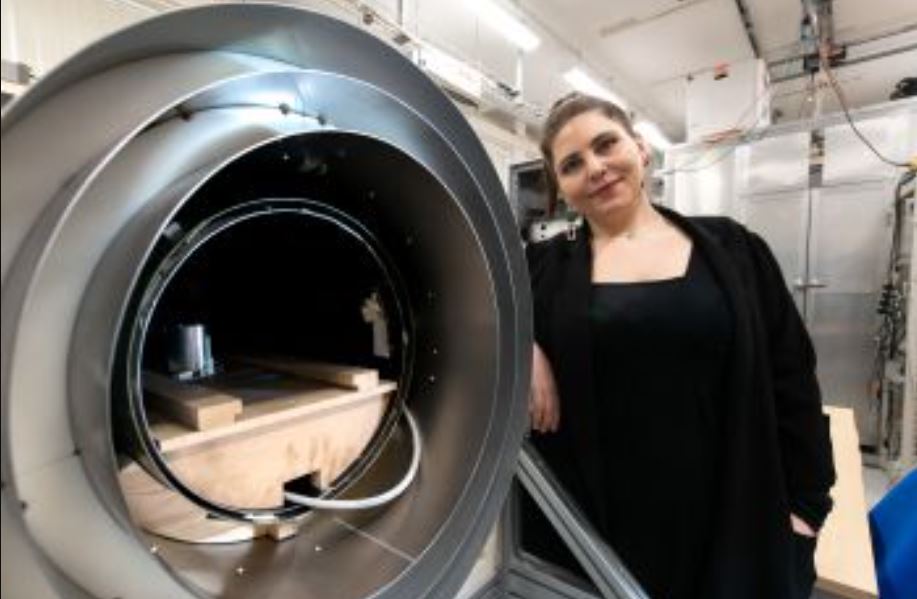
Parkinson’s disease tagged posts


– Mathew Horrocks
Scientists at the Francis Crick Institute, UCL and the University of Edinburgh have uncovered how a build-up of harmful protein starts to happen within neurons in Parkinson’s disease, ultimately causing nerve cell death. By looking at how, where and why this build-up happens, the work provides unique insight into a key biological process driving Parkinson’s.
Parkinson’s is a progressive neurodegenerative disease that causes tremors, slowing of movements, stiffness and can progress to cause severe cognitive problems...
Read More
accumulating at the mitochondrial membrane
(magenta). PINK1 recruits Parkin to help
repair damaged mitochondria.
Researchers have solved a decade-long mystery about a critical protein linked to Parkinson’s disease that could help to fast-track treatments for the incurable disease.
The research, published in Nature, has for the first time produced a ‘live action’ view of the protein, called PINK1, in exquisite molecular detail. The discovery explains how the protein is activated in the cell, where it is responsible for initiating the removal and replacement of damaged mitochondria...
Read More
New highly sensitive quantum sensors for the brain may in the future be able to identify brain diseases such as dementia, ALS and Parkinson’s, by spotting a slowing in the speed at which signals travel across the brain. The research findings from a paper led by University of Sussex quantum physicists are published in Scientific Reports journal.
The quantum scanners being developed by the scientists can detect the magnetic fields generated when neurons fire. Measuring moment-to-moment changes in the brain, they track the speed at which signals move across the brain...
Read More





Recent Comments